Why visit the Royal Botanic Gardens Kew? Imagine stepping into the world of plants. What would you expect to see, hear or smell? Would you be an observer or would you like to actively get involved in the daily life of the green ecosystem? If you could, would you be an exotic plant, a tree, a herb?
All strange, but valid questions. I’ve always held a fascination with the kingdom of plants, and would absolutely love to understand more about it. Plants don’t even seem all that different than animals. They live, they reproduce, they grow and they are territorial. Recent studies have even shown that plants have unique ways of communicating with each other. Furthermore, they form alliances and warn each other of dangers. This is all very exciting to think about it when you look at your delicate orchid which sits quietly on your window sill.
Plants have a strange voiceless world, which we’ve only just begun to understand.
Visit Royal Botanic Gardens, Kew
My fascination with plants is a result of watching countless documentaries by David Attenborough. The Kingdom of Plants is, in fact, my very favourite, a series of films created here, in the UK, at the Royal Botanic Gardens of Kew.
The Royal Botanic Gardens of Kew is a wonderful space for plant lovers who wish to spend their day meandering around one of the most interesting (green) spaces in London. Kew is one of the world’s most famed botanic gardens due to its sheer plant and fungi diversity. Kew is not just a garden, but also a charity, its inspiring mission statement being: ‘To be the global resource for plant and fungal knowledge, building an understanding of the world’s plants and fungi upon which all our lives depend’.

What is at Kew Gardens
At Kew, there is so much to explore I feel one day might just not be enough. Nowadays, I visit the Botanic Gardens because of the glasshouses, being the area which interests me the most. However, first time I went to Kew, I ended up spending two full days exploring all its corners and attending several speeches and workshops.
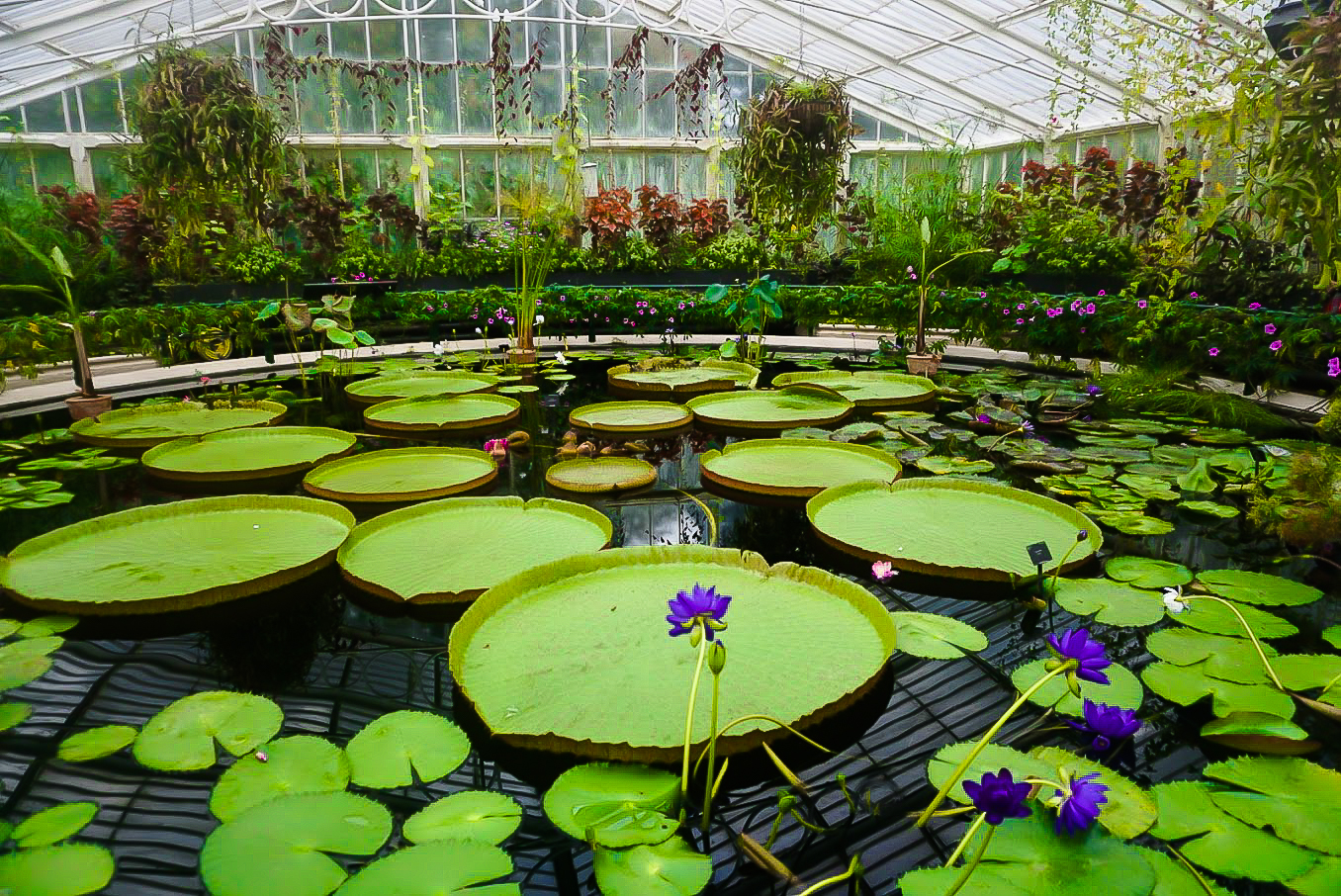
The Garden
Kew offers 300 acres of green joy. It comprises of several glass houses, galleries, a couple of eateries, formal gardens, sculptures, a pond and of course, a Treetop Walkway. The gardens are best to visit during late August and beginning of September. My favourite season is Autumn because I am a huge fan of the red and yellow foliage. This is the best time to visit the Arboretum. No matter when you decide to visit, Kew has always something going on, prepared for each season.
For example, last Autumn I went to Kew for a great introduction to intoxicating plants. Many specialists came to offer talks about these incredible plants with fantastic qualities.
During Winter, Kew Gardens become an incredible spectacle in preparation for the Holidays. Winter is also the best time to check out the orchids located in the Princess of Wales Conservatory. Spring is the time to enjoy the archway of laburnum, the rose pergola and the incredible waterlily house.

The Palm House
The highlight of Kew has always been the Palm glasshouse. After enjoying the glasshouses in Edinburgh, I’ve been searching for incredible glasshouses in Botanic Gardens from all around the world. I loved the rainforest in the Eden Project for example. At Kew, the Palm House is perhaps the most well-known building, the actual emblem of the garden. The Palm House is considered as the most important surviving Victorian iron and glass structure in the world. This glasshouse is divided into world areas and most of the specimens have great explanations about them as well as interactive activities for adults and children alike. It gets a little hot inside, so I suggest losing some layers before venturing in. In the middle of the Palm House, there is a spiral stairwell which takes you one level down, where you can enjoy a beautiful aquarium with varied marine life. Take the stairwell back up, only this time venture to the top floor. This floor allows you to admire exotic plants from above, but be warned: it gets very hot up here and if you have heart problems, you might want to descent and get some fresh air as soon as possible.
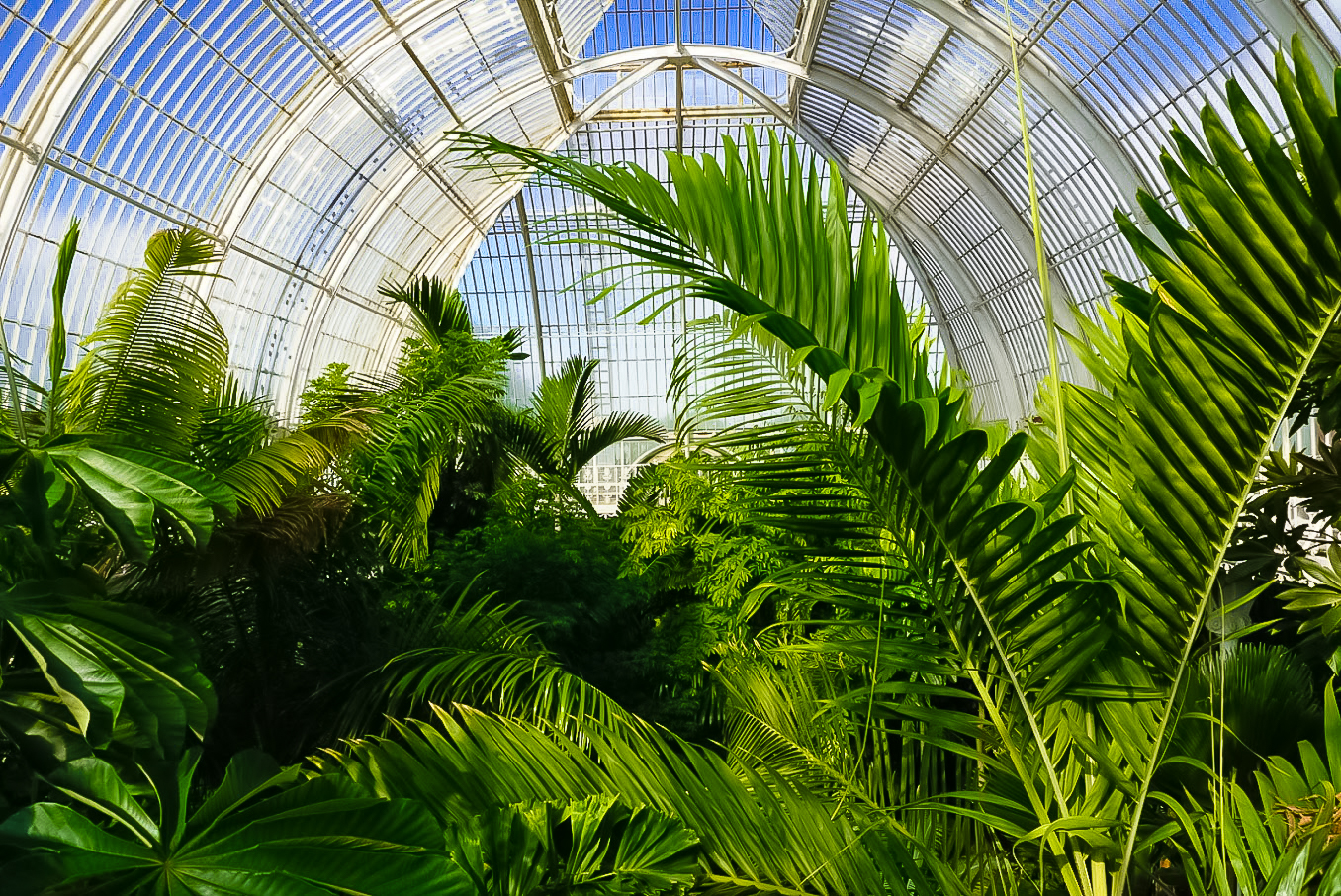
The Temperate Glasshouse
The Temperate House at Kew was under restoration until 2018. It was a huge project which needed to be done in order to reinforce the framework, replace the glass and the heating. The temperate house is twice the size of the Palm House. It was reopened in 2018 and it is now open to visitors.
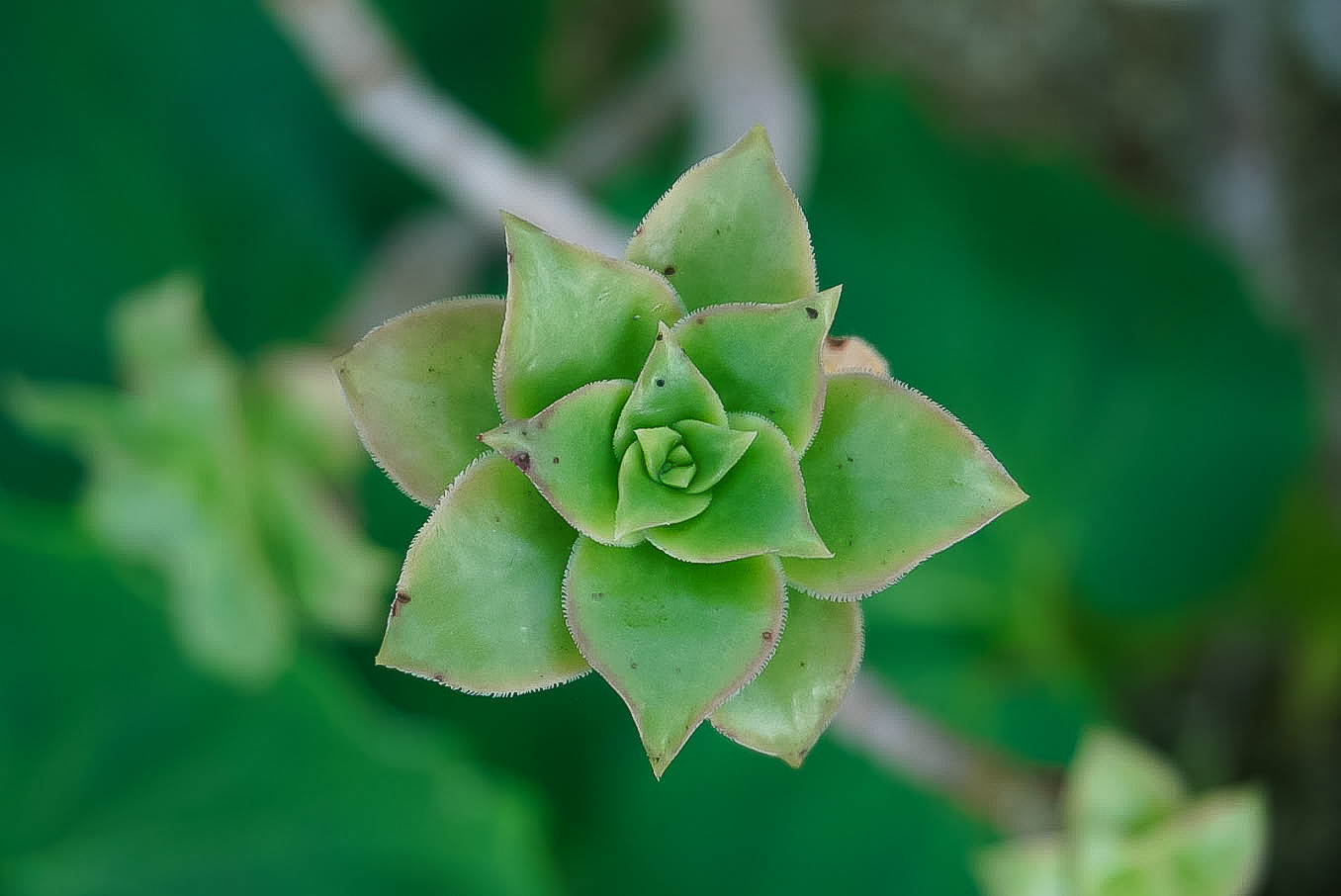
The Formal Gardens
It wouldn’t be a great Botanic Garden if it wouldn’t have a dedicated Japanese landscape garden. This beautiful place was designed by Professor Fukuhara of Osaka, who gathered inspiration from the Momayama period.
The Treetop Walk
From the Japanese Garden, I like to make my way towards the Treetop Walk. Take the lift or the stairs and enjoy a splendid view over the Royal Botanic Garden Kew. The structure is 18 meters high and offers a 200-meter walkway around the tree tips of lime, chestnut and oaks.
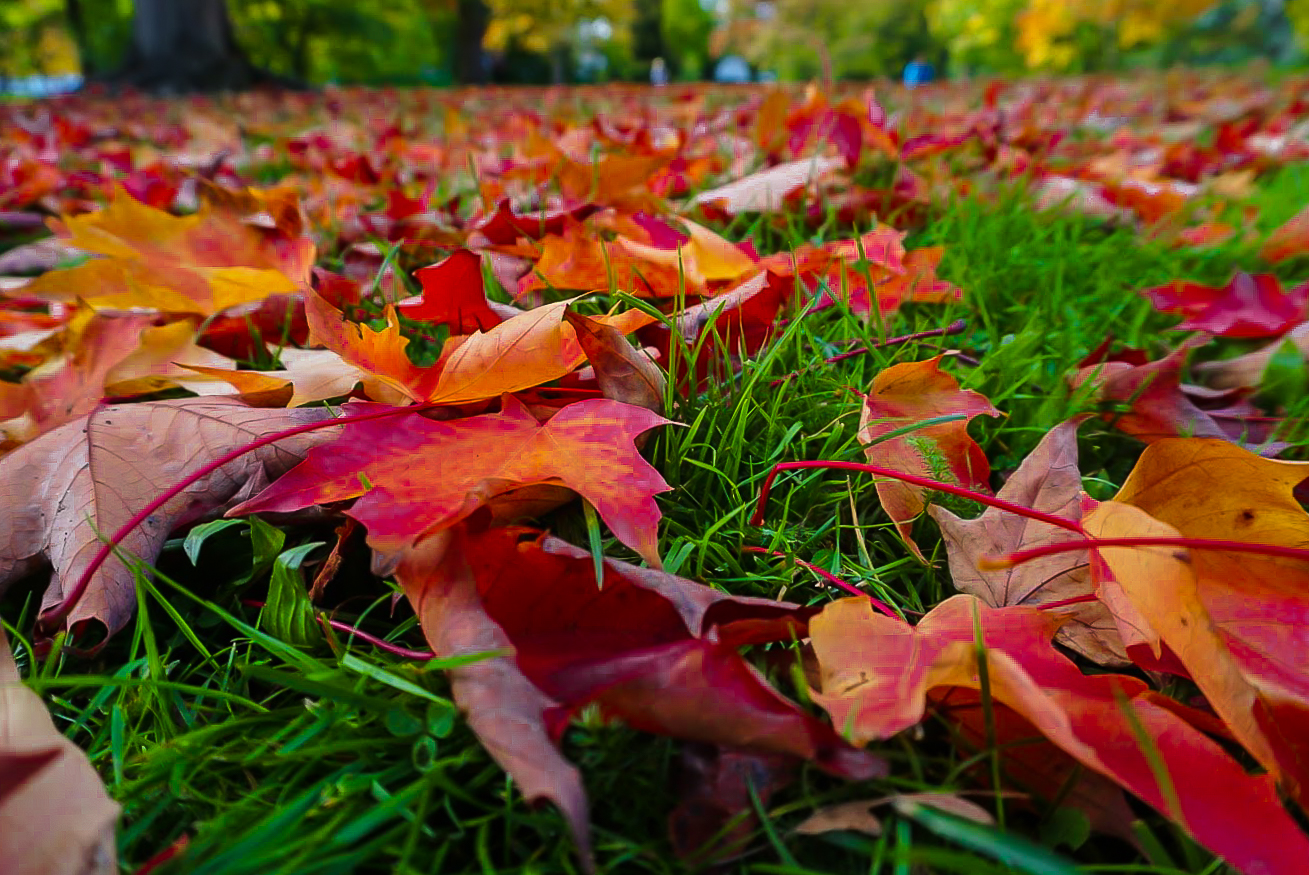
Minka House and Bamboo Forest
From the Treetop Walk, I make sure to visit the beautiful bamboo forest which reminds me of Japan, and the Minka House, a wooden structure with a very interesting story behind it. In Japan, Minkas were used mainly as houses which allowed the structure to move in the event of an Earthquake because they were not cemented. They were so important, that most Japanese people lived in a minka house until the 20th century.
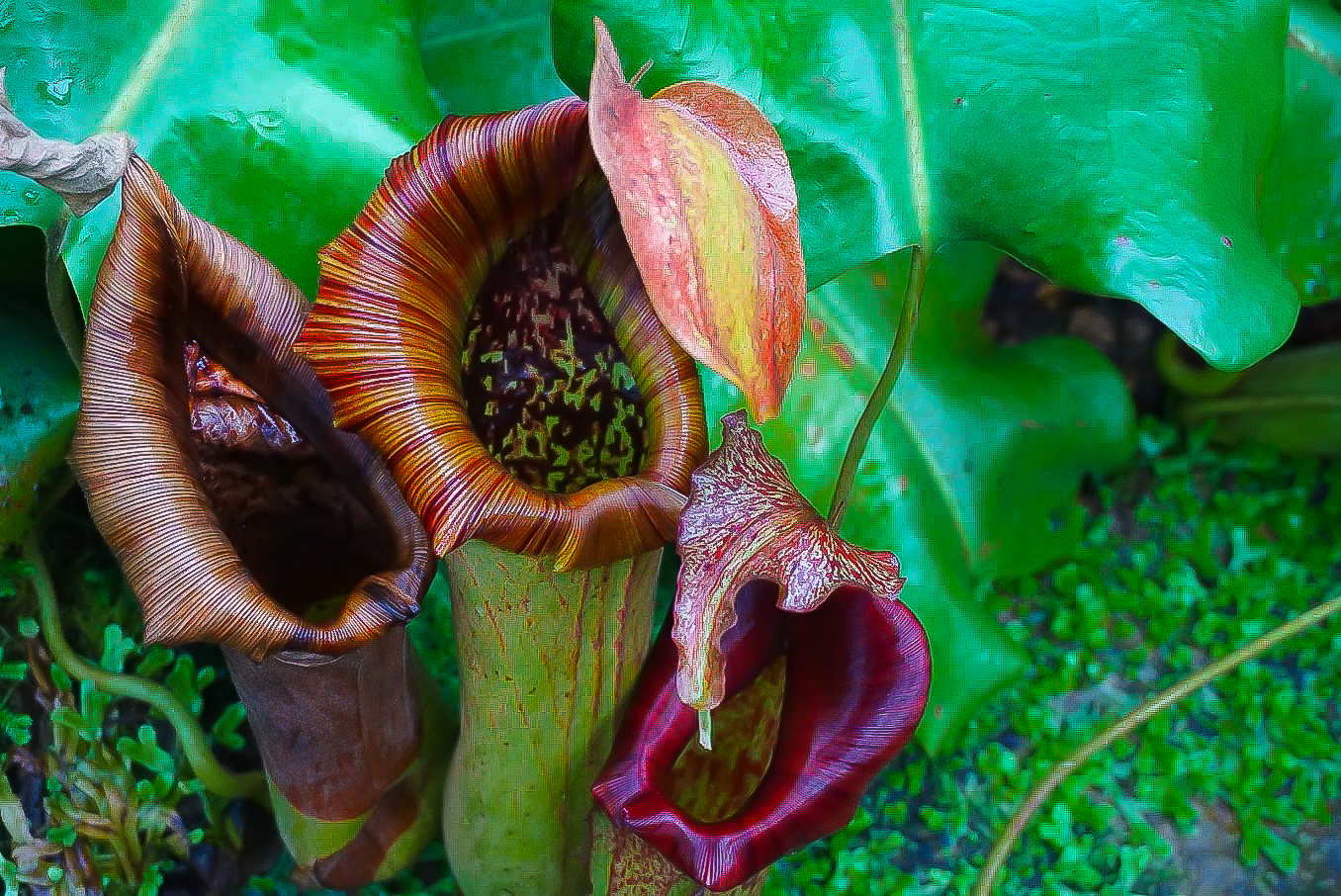
For the love of plants, you must visit The Royal Botanic Garden, Kew. I can’t stress enough how much I love this place. I hope that by visiting these Botanic Gardens and seeing how incredible plants are, the world will soon realise how important it is to preserve as opposed to destroying. There is an amazing link and strong connection between the kingdom of plants and the kingdom of animals, and only we can help protect the both of them.
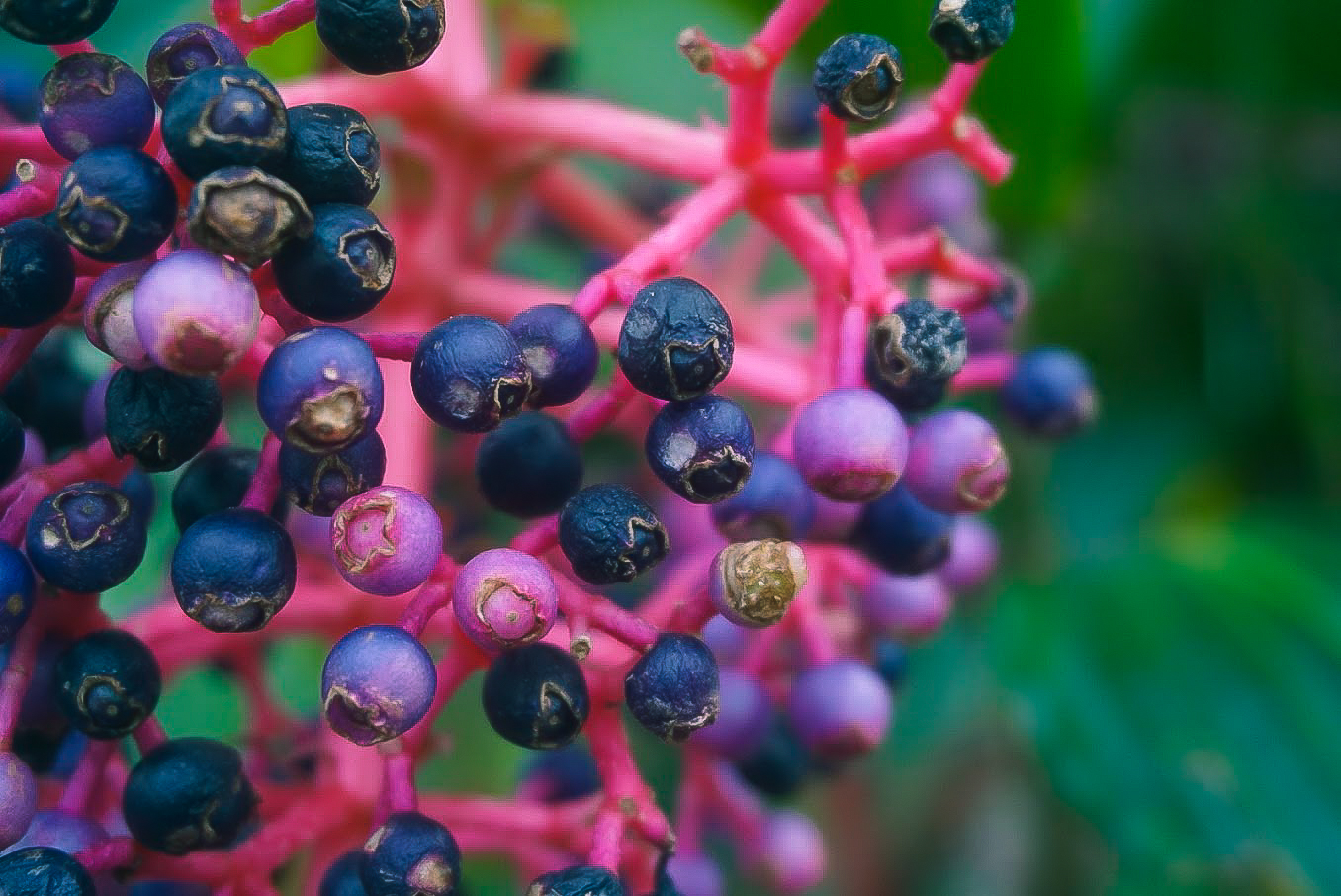
Essential Info about Kew Gardens
Opening Times – Opening times vary according to the season. Usually, the last entry is at either 5:30 pm or 7 pm during the summer months. For more info click here.
Location – Kew Gardens are located only 10 miles from central London. You can access it by car, subway, train or bus. For further info on how to get to Kew, click here.
Entry Fee – £15 for adults and £3.5 for children (3-16). For more ticket prices click here.
For more info visit the Kew Garden official website.

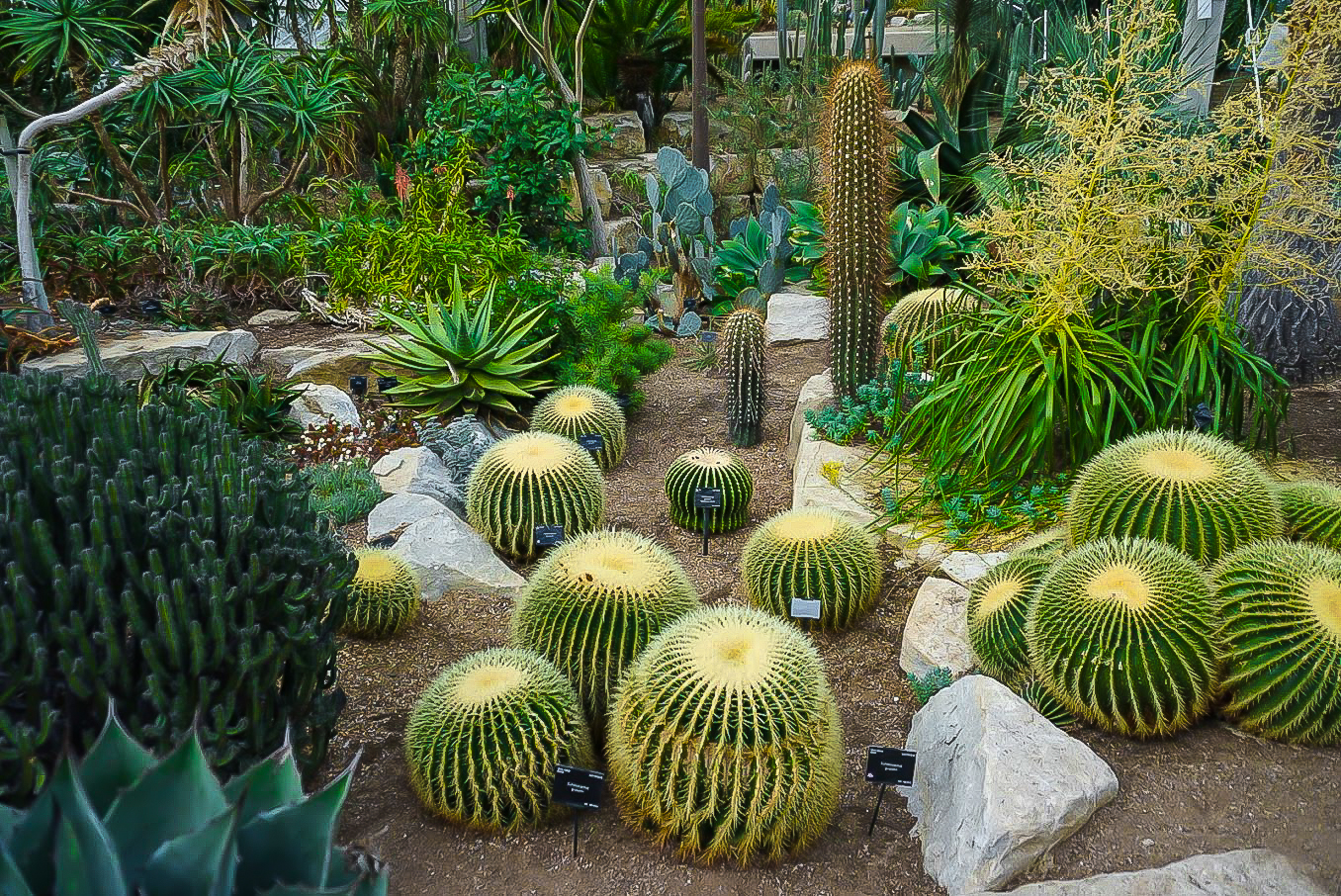
I love Kew Gardens so much, I tend to visit this place once every season. I particularly love the conservatories, the carnivorous plants and the exotic orchids. What type of plant makes you the most excited and why? Tell me all about it in the comments section below.

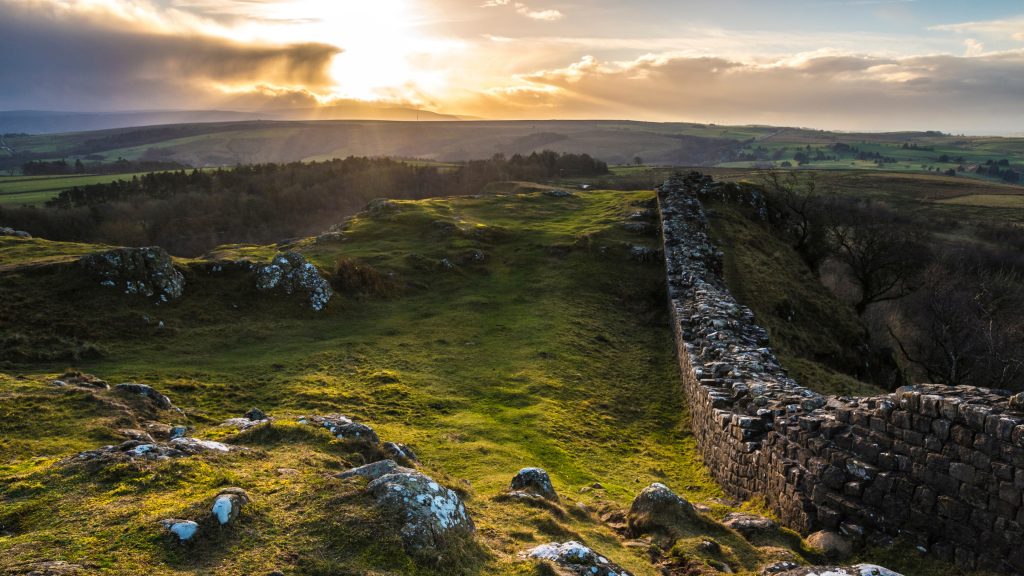
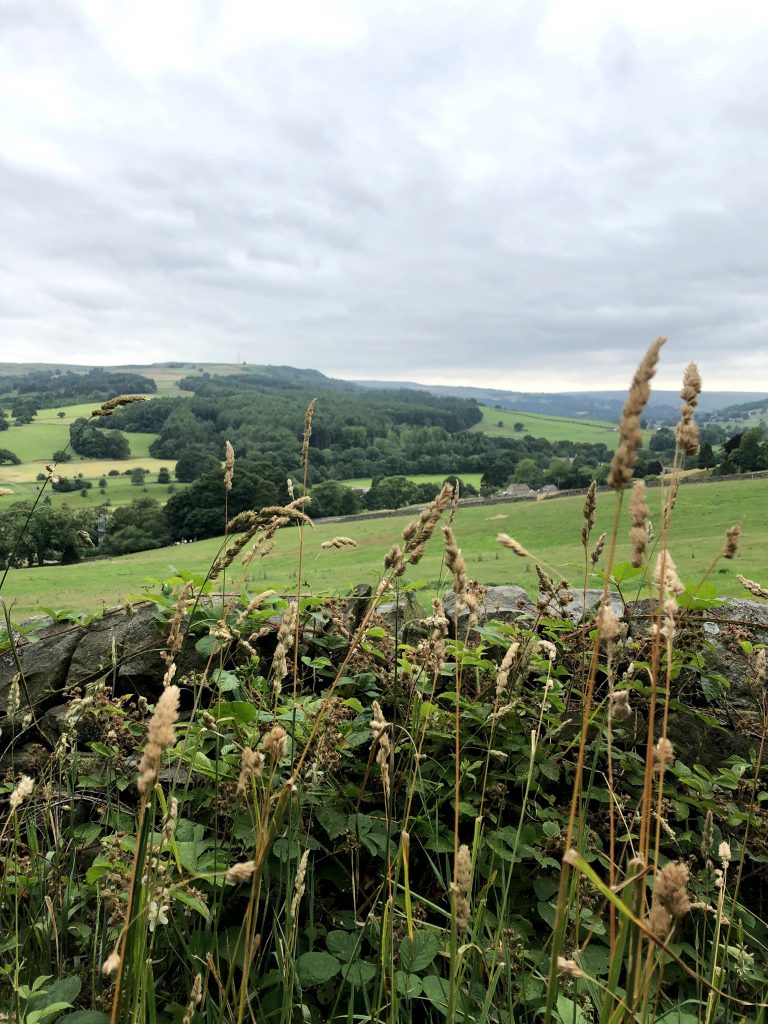
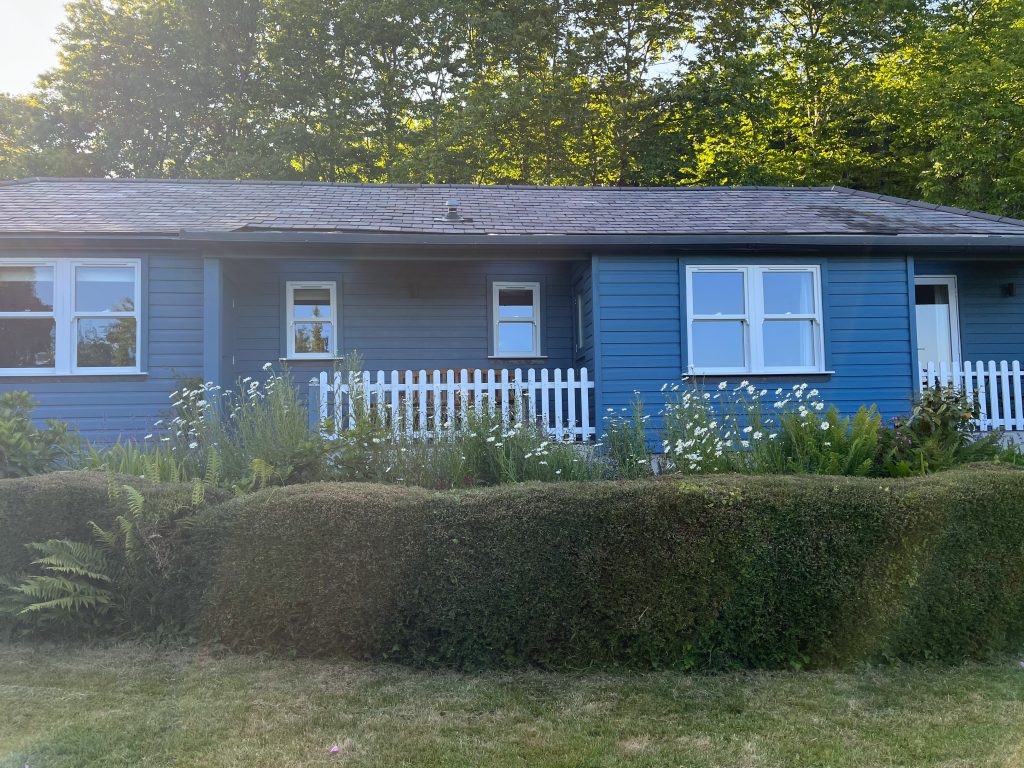
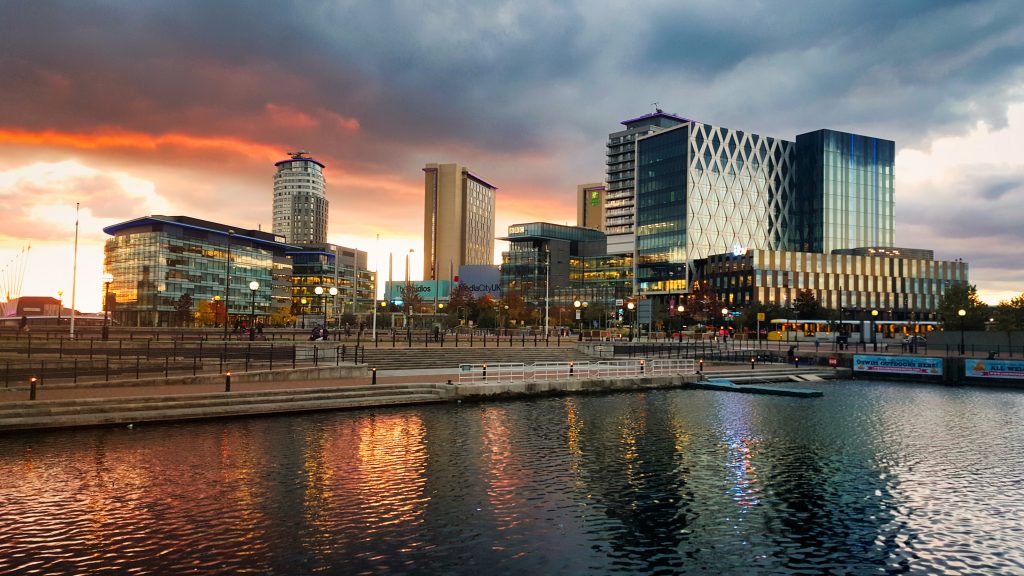
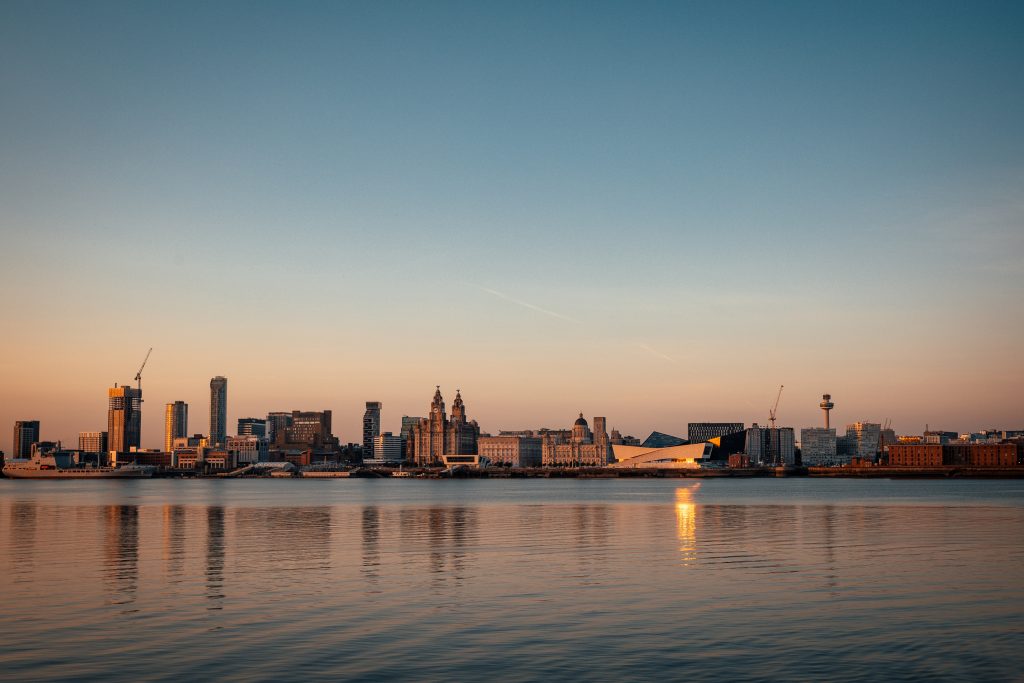
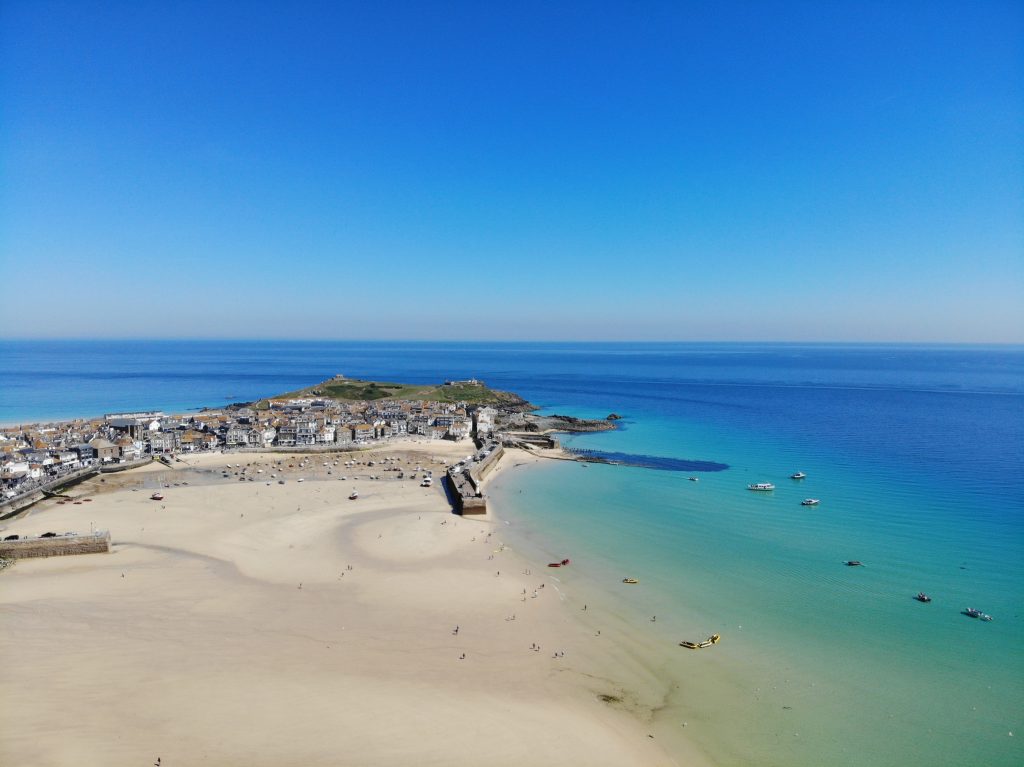


Leave a Reply